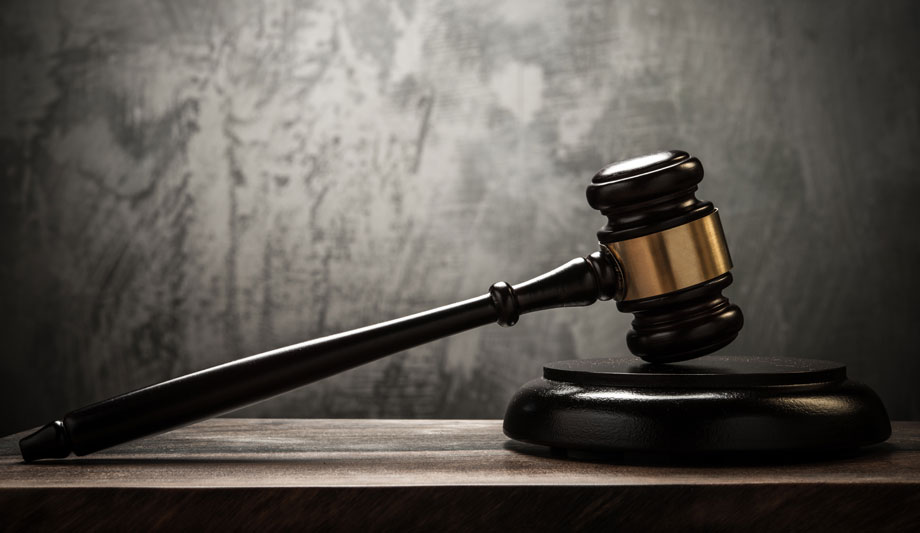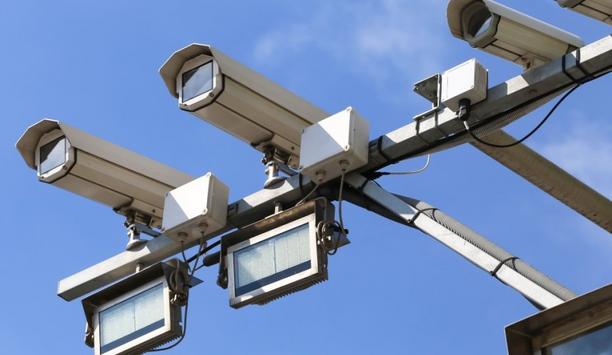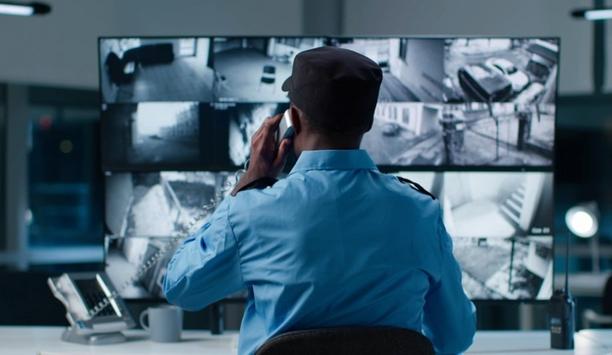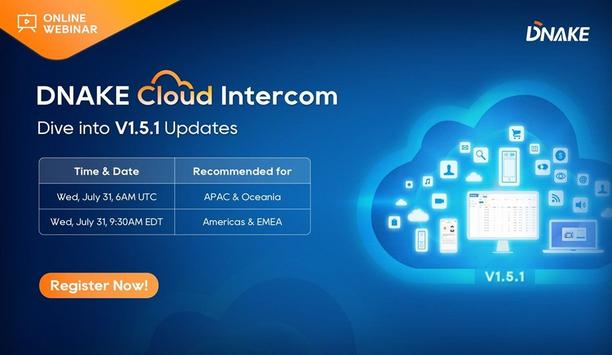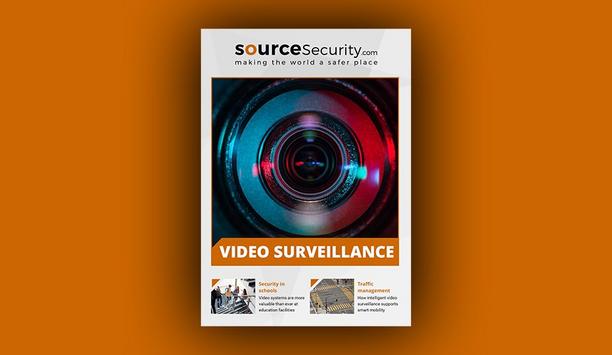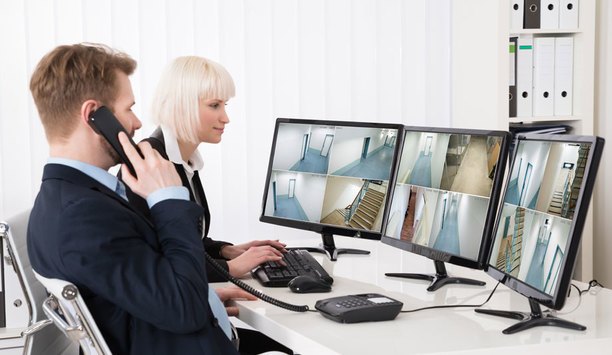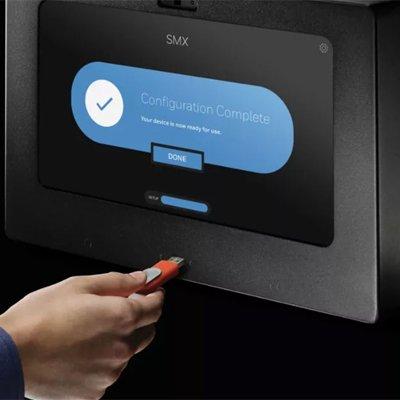The power of video as evidence in a court of law is often seen as a function of specific variables: How clear is the video? What exactly does it show? Can it be authenticated?
Possibly lost in the discussion is the fact that the value of video as evidence is decided almost completely by people, specifically by a small group of people; that is, the jury. Is there a gap between what the video “shows” and what people “see?” Are there psychological or even physiological variables in play?
I started thinking about this point recently after reading an article about how juries perceive and interpret video differently if it is played in slow motion, versus in real-time. Research suggests that, when video is played in slow motion, a jury would more likely ascribe ill intent to the person depicted in the video.
Perception of intent
Here is an example: Say there is a suspect interrupted while committing a crime, and he shoots a police officer. Did the suspect act on reflex or was the act premeditated? Research published in the Proceedings of the National Academy of Sciences suggests that jurors who view the slow-motion video are more likely to think the action was premeditated because they perceive the action is more intentional. Jurors who view the video at full speed are more likely to consider the action as a reflex. Researchers say that jurors tend to attribute a different mental state to the person in the video based solely on how fast the video is viewed. Such “judgments of intent” can mean the difference between life and death in a courtroom.
Increasing use of video
The idea is especially intriguing given that the criminal justice system – and the world, for that matter – is flooded with more and more video, whether it’s from cell phones or an officer’s body-worn camera or a traditional video surveillance camera. How often do these cameras capture the full story, or how often do they only capture part of the story? More to the point, and related to this research, what variables in the video (including how it is played back) might impact how its content is perceived by jurors?
The fact is, although video and its |
Human variables
The fact is, although video and its capabilities are specific and measurable, the viewers of that video are people, which introduces an uncontrolled and uncontrollable element. Along a similar vein, eyewitness accounts have been shown to be subject to multiple human variables that may, in some cases, undermine their evidentiary value. Might the same thing be true, not about video, but about how jurors perceive video?
We have seen suggestions of video clips that are allegedly used “out of context” in the media to sway opinions about a criminal incident. In the headline-grabbing conflicts between police officers and citizens, how much about the video can be trusted? Does a smart phone video tell the whole story? Does a body-worn camera? How much video before and after an incident is required to provide enough context? Would the incident look different from a different video point of view?
Impact of technical capabilities
Specific to our industry, you have to wonder about the technical capabilities of video today and whether they might somehow impact the ability of systems to capture “dependable” evidence of a crime (and what is “dependable” anyway?) Would an image with more clarity be seen as more credible? Should the clarity of an image impact a jury’s interpretation of evidence? Would a darker image be seen as more sinister?
The fact is, video evidence is changing in many ways because of technology, and how new video capabilities might impact the outcome of a court trial has mostly not been considered. The research into the possible impact of a simple element like slow motion suggests that there could be other ways that video itself might impact the criminal justice system, over and beyond what the video purports to show.
The researchers in this instance offer a warning that could suggest broader implications about the value of video surveillance as evidence: “Any benefits of video replay should be weighed against its potentially biasing effects.” Amid the current proliferation of video, the warning is more timely than ever.
